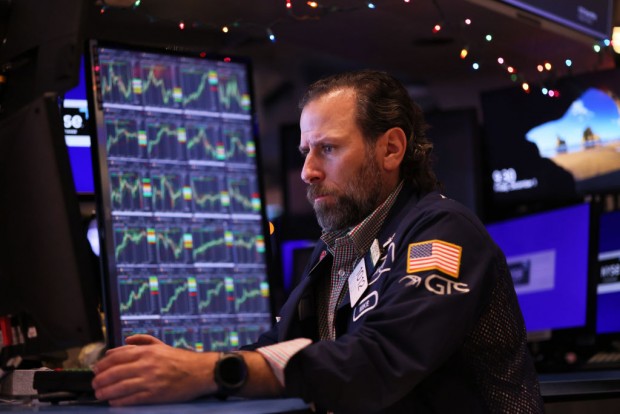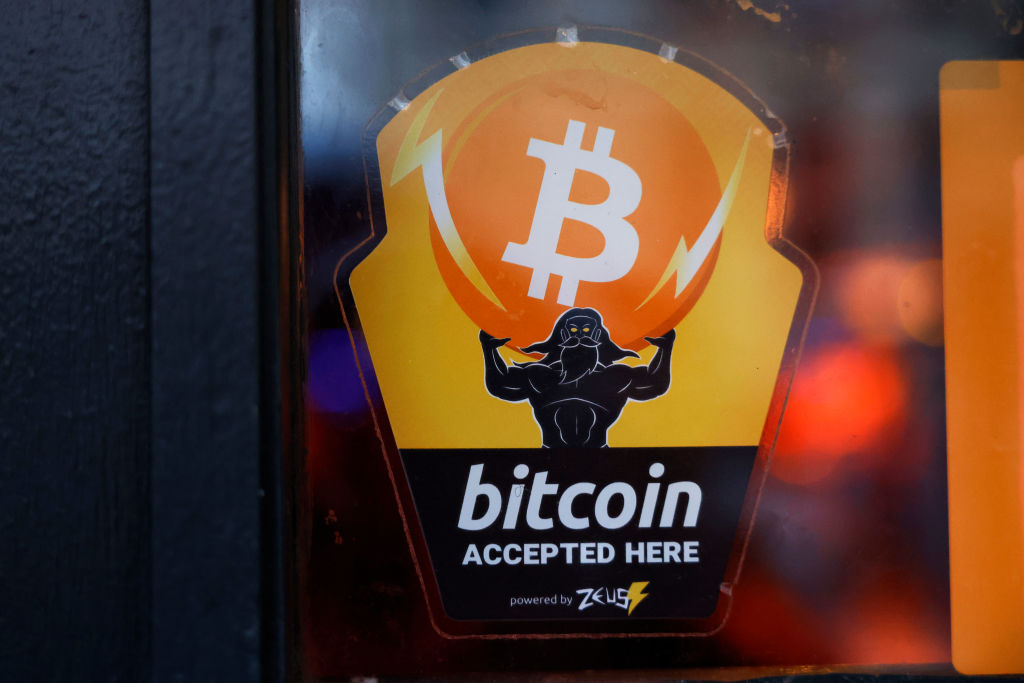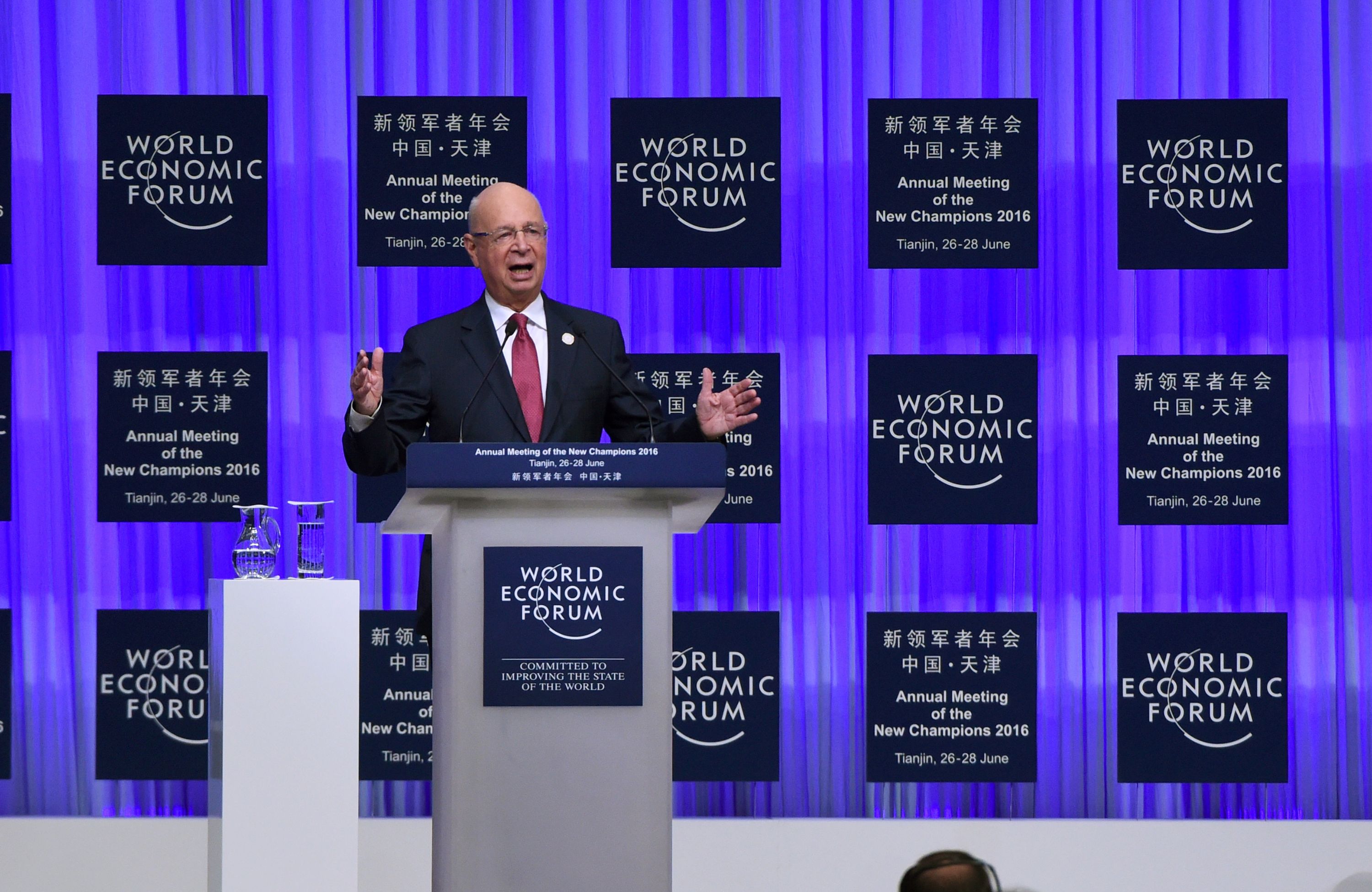US Stocks Navigate Uncertainty as $5 Trillion Options Hang in the Balance
By April Fowell
Market participants indicated that dealers squaring their books ahead of what is expected to be the largest-ever options expiry for S&P 500-linked derivatives may be assisting in minimizing volatility in U.S. equities.
Asym500 MRA Institutional, a division of derivatives strategy and execution company Macro Risk Advisors, estimates that almost $5 trillion in U.S. stock options are scheduled to expire on Friday, with 80% of those contracts tied to the S&P 500. This is the largest such expiry in at least 20 years.

(Photo : by Michael M. Santiago/Getty Images)
Market participants indicated that dealers squaring their books ahead of what is expected to be the largest-ever options expiry for S&P 500-linked derivatives may be assisting in minimizing volatility in U.S. equities.
Although these kinds of events might increase volatility, market players' actions leading up to the impending expiry have been calming stock gyrations, according to analysts, and this could be one of the reasons why stocks have been moving in a narrow range over the past several weeks.
Read Also: How Businesses and Households Can Prepare for a Soft Landing or a Recession
S&P 500's Steady Climb Amidst Subdued Volatility and Record Options Trading
The S&P 500 has gained 21% so far this year after rising by about 13% from its October lows. However, market movements have been muted lately.
For 19 straight sessions, the benchmark index has not moved by more than 1% in any direction. This is the longest such trend since early August. Simultaneously, the Cboe Volatility Index is at 12.07, almost four years below its peak.
The 10-day realized volatility of the S&P 500, or the amount the index has fluctuated over the previous 10 sessions, is yet another illustration of the market's slow trading.
This indicator was as low as 4.5% in late November, and it is currently 6.8%. In contrast, it peaked at 22.5% in March, at which time the markets were shaken by a regional financial crisis.
One element limiting market movements has been the positioning of options traders, who serve as middlemen between buyers and sellers of derivatives.
Based on data from clearing house OCC, the volume of options trading is expected to reach a record this year with an average daily volume of 44 million contracts.
The popularity of exchange-traded funds (ETFs), which make revenue by selling options, has contributed to that number. According to a Nomura estimate, ETFs currently manage nearly $60 billion, having quadrupled in size since 2023.
Dealers have an abundance of options contracts as the year approaches its final expiry due to the active selling of options by these ETFs.
The dealers, who are referred to in the market as net long "gamma," are required to maintain a neutral position by regularly selling stock futures during market rallies and buying futures during market declines.
Market participants stated that the massive number of options scheduled for expiration has caused the buying and selling to have a domino effect, keeping equities inside a narrower trading range.
The posture of the dealers "is more than likely to arrest any deeper selloff between now and year-end," according to a report published on Tuesday by Charlie McElligott, strategist at Nomura.
The VIX's historical propensity to remain muted after it hits the bottom of its trading range, as well as volatility targeting funds and commodities trading advisers, have also been blamed by market players for the muted stock swings.
The Federal Reserve meeting on Wednesday may be subject to the current volatility lull. Although a rate decrease by the central bank is anticipated, investors are eager to learn if they plan to move in that direction sooner rather than later. This expectation has driven this quarter's stock market rise.
According to Brent Kochuba, the creator of the options analysis website SpotGamma, expiration is expected to release the options market's vice-like hold on equities.
Two years prior, he added, a similarly significant options expiry had restrained volatility in the markets for a portion of the fourth quarter before sparking a 3% surge in the final two weeks of the year after the December expiration.
Related Article: Investors Flee US Stocks as Economic Data Hints at a Possible Downturn












